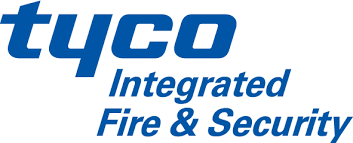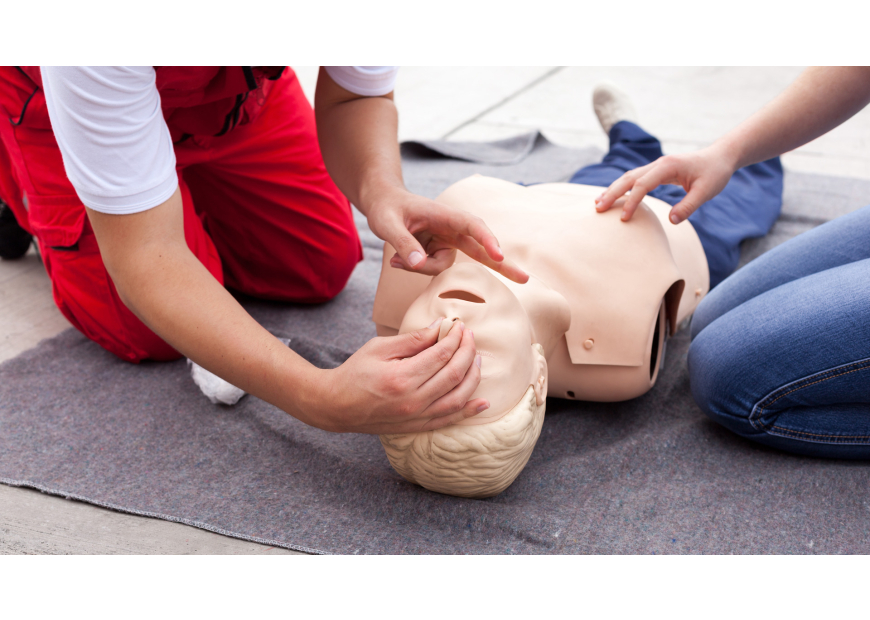First Aid at Work vs. Emergency First Aid at Work: What's the Difference?
First Aid at Work vs. Emergency First Aid at Work: What's the Difference?
Introduction:
Accidents and medical emergencies can occur unexpectedly in various settings, including the workplace. Having individuals trained in first aid can make a significant difference in providing immediate assistance and potentially saving lives. In a professional setting, two common types of first aid training programs are First Aid at Work (FAW) and Emergency First Aid at Work (EFAW). While both aim to equip individuals with life-saving skills, there are distinct differences between the two. In this blog post, we will explore the dissimilarities and help you understand which training program suits your organization's needs.
First Aid at Work (FAW):
First Aid at Work is a comprehensive training program designed for individuals who are designated as first aiders in the workplace. This training covers a wide range of injuries, illnesses, and medical emergencies. Here are some key aspects of First Aid at Work:
- Extensive Curriculum: The FAW course provides in-depth training on a variety of first aid topics, including assessing an incident, handling cardiac emergencies, managing wounds and bleeding, dealing with fractures and injuries, recognizing illnesses, and providing appropriate care. The curriculum is more comprehensive compared to the Emergency First Aid at Work program.
- Longer Duration: FAW courses typically require a longer time commitment. The standard duration for FAW training is three days, which allows for a more thorough exploration of first aid techniques, scenarios, and practical exercises. The extended duration ensures that participants have ample time to grasp and practice the skills taught.
- Suitable for Higher-Risk Environments: First Aid at Work is recommended for workplaces with higher risk levels, such as manufacturing facilities, construction sites, and larger organizations. These environments may have a higher likelihood of accidents or injuries, requiring first aiders with a broader skill set to handle a variety of emergency situations effectively.
- Workplace Compliance: The FAW certification meets the legal requirements imposed by health and safety regulations in many countries. Having qualified first aiders trained under the FAW program demonstrates compliance with workplace safety regulations and provides peace of mind for employers.
Emergency First Aid at Work (EFAW):
Emergency First Aid at Work is a condensed training program that covers essential life-saving skills. Here's what you need to know about EFAW:
- Focused Curriculum: The EFAW course concentrates on equipping individuals with the necessary skills to handle basic medical emergencies in the workplace. Topics covered typically include assessing the situation, performing CPR, providing first aid for choking, managing severe bleeding, and responding to unconsciousness. The curriculum is designed to address immediate life-threatening situations.
- Shorter Duration: EFAW training requires a shorter time commitment compared to FAW. The course can be completed in one day, making it more convenient for organizations that prefer a condensed training format or have limited resources for extended training.
- Suitable for Low to Moderate Risk Environments: Emergency First Aid at Work is suitable for workplaces with lower risk levels, such as offices, small businesses, and low-hazard environments. The training focuses on equipping participants with the skills needed to handle basic emergencies until professional medical help arrives.
- Complementary to FAW: While EFAW provides essential life-saving skills, it should be noted that it does not replace the comprehensive training provided by the First Aid at Work program. In higher-risk environments, it may be advisable to have a combination of FAW-trained and EFAW-trained individuals to ensure adequate coverage for a wide range of emergency situations.
Conclusion:
First aid training plays a crucial role in promoting workplace safety and well-being. Understanding the differences between First Aid at Work and Emergency First Aid at Work is essential for organizations to select the appropriate training program. If your workplace presents higher risks or requires a broader skill set, First Aid at Work is the recommended choice. On the other hand, if you are in a low to moderate-risk environment and require basic life-saving skills, Emergency First Aid at Work may be more suitable. Regardless of the chosen program, having trained individuals who can provide immediate assistance during emergencies can significantly improve outcomes and save lives.
Equip yourself with life-saving skills!
Enrol in our comprehensive First Aid at Work course or our focused Emergency First Aid at Work course. Gain the confidence to handle any workplace emergency. Enrol now and become a certified first aid responder!












